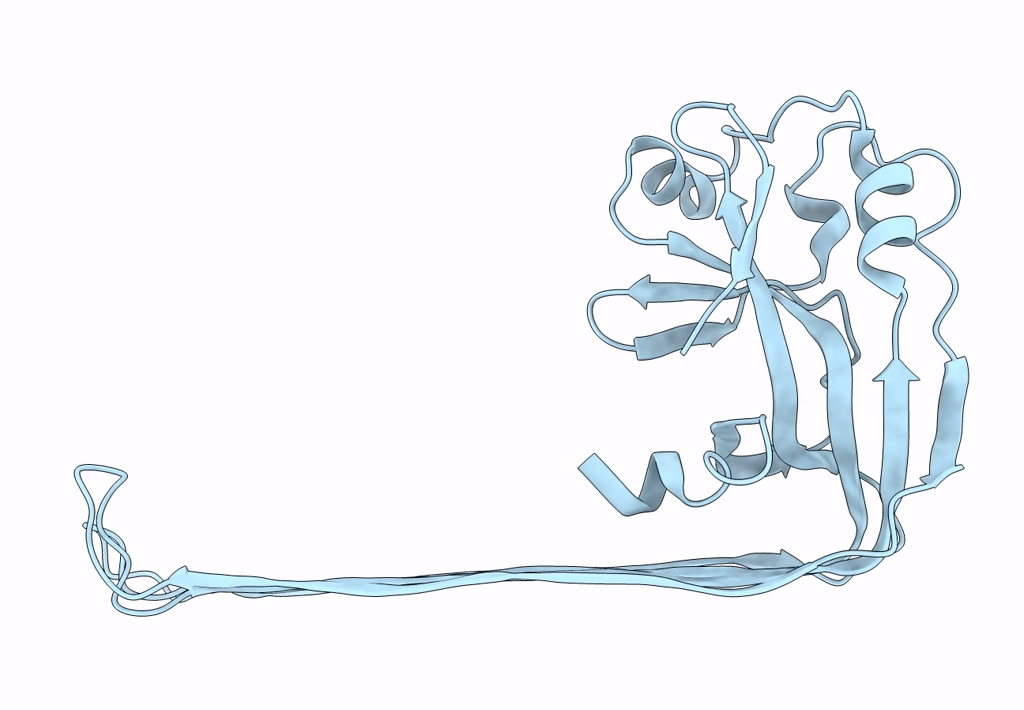
Deposition Date
2023-04-20
Release Date
2023-05-17
Last Version Date
2025-05-28
Entry Detail
Biological Source:
Source Organism:
Vitiosangium sp. GDMCC 1.1324 (Taxon ID: 2138576)
Host Organism:
Method Details:
Experimental Method:
Resolution:
3.30 Å
Aggregation State:
FILAMENT
Reconstruction Method:
SINGLE PARTICLE


